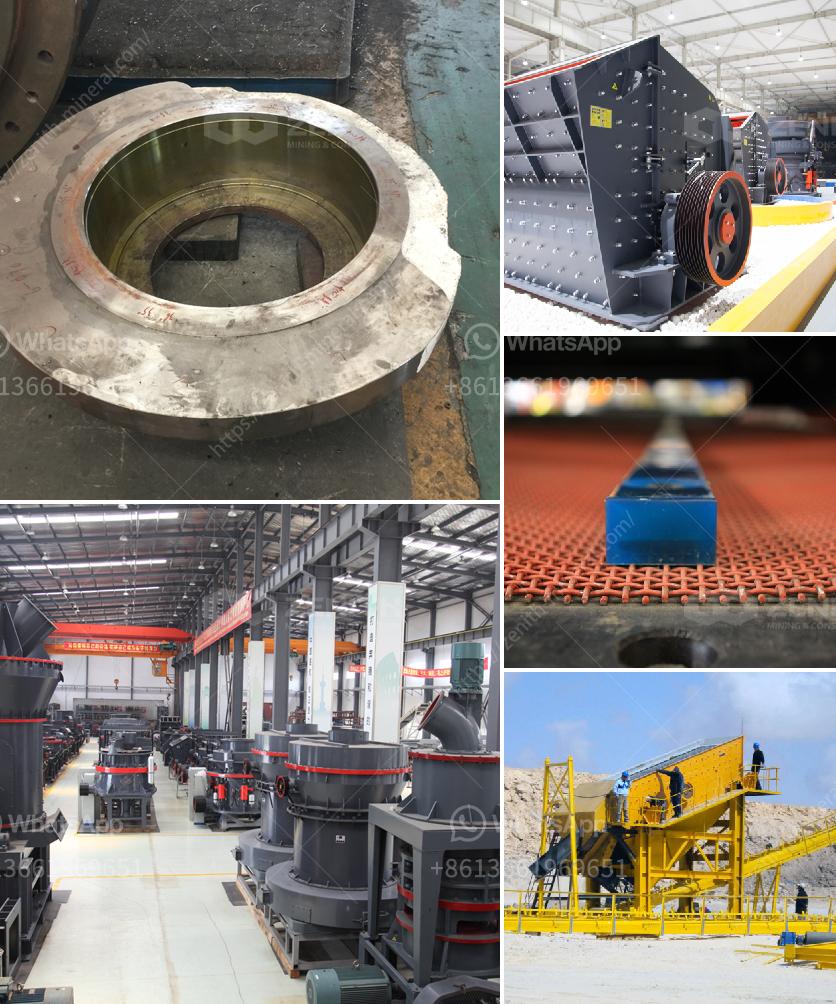The open side setting (OSS) of a jaw crusher is the maximum distance between the two crushing jaws at their open position. This setting determines the maximum size of the output material once it is crushed. In other words, the OSS dictates the size of the largest material that can pass through the crusher.
Why OSS matters:
Product Size Control: The OSS controls the maximum size of the crushed product. Adjusting the OSS can help achieve a desired product size, which is crucial for meeting specifications in construction, mining, or other industrial applications.
Capacity: The open side setting affects the crusher's throughput capacity. A larger OSS generally means that the crusher can handle larger amounts of material per hour because it is accepting larger feed size, although this may lead to coarser material output.
Crushing Efficiency: Properly setting the OSS can improve the efficiency of the crushing process. If the OSS is too small, the crusher may become clogged or jammed with oversized material. Achieving the optimal OSS ensures smoother operation and reduces the risk of operational delays.
Wear and Tearing: Appropriate OSS can help manage the wear on jaw plates and other wear parts. The harder and more abrasive materials require more closed OSS to reduce wear, maintaining efficiency and extending the lifespan of components.
Energy Consumption: By optimizing the OSS, energy consumption can be managed. Crushers with incorrect OSS settings may consume more energy due to increased crushing resistance and material recirculation.
In summary, the OSS is a critical parameter in the operation of a jaw crusher as it influences the final product size, crusher capacity, wear on parts, and overall crusher efficiency. Proper adjustment is vital for optimal performance.
